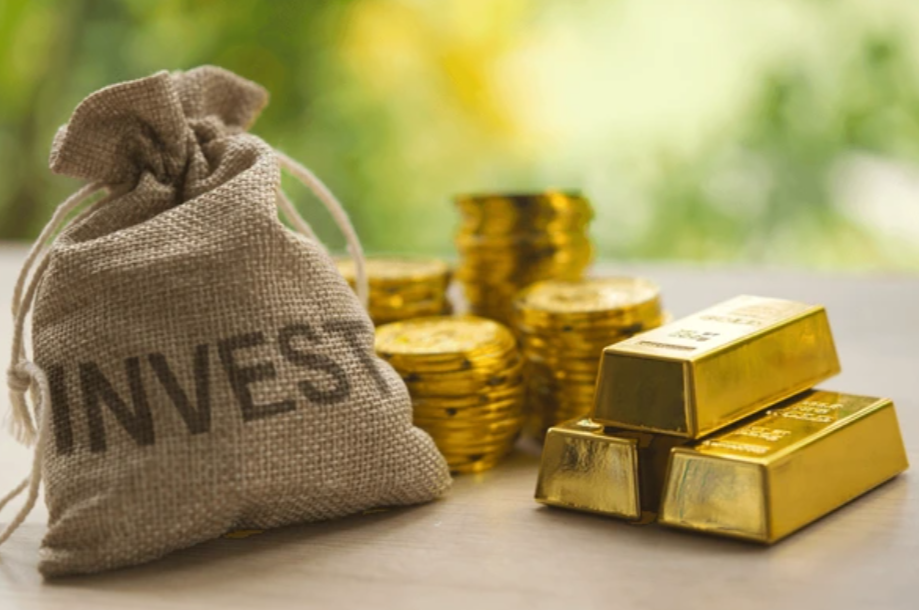The gold industry is entering a new era, where sustainability and ethical considerations are taking center stage. As global awareness of environmental and social issues grows, the way gold is mined, sourced, and traded is evolving to meet modern standards. This shift reflects a broader movement toward aligning business practices with global sustainability goals.
Why Sustainability in Gold Matters
Gold mining has traditionally been associated with environmental challenges, such as habitat destruction, carbon emissions, and water pollution. Social issues, including unsafe labor conditions and community displacement, have also cast a shadow on the industry. With the growing demand for transparency and accountability, sustainable gold trading is becoming more than a trend—it’s a necessity.
Key Pillars of Sustainable Gold Trading
- Responsible Mining Practices
Ethical mining focuses on minimizing harm to the environment while prioritizing the well-being of workers and local communities. Initiatives like fair trade gold certifications ensure that gold is sourced under stringent ethical guidelines. - Technological Advancements
Blockchain technology is a game-changer for gold trading. By providing an unalterable record of a gold bar’s journey from mine to market, blockchain fosters trust and reduces the risk of conflict gold entering the supply chain. - Carbon Neutrality
With industries worldwide striving to reduce their carbon footprints, gold producers are adopting renewable energy and other sustainable practices to achieve carbon neutrality. This not only helps the environment but also enhances a company’s market reputation. - Circular Economy Models
Recycling gold from electronic waste and other sources is becoming a popular alternative to traditional mining. This approach reduces environmental impact while meeting the demand for the precious metal.
Global Efforts Driving Change
Governments and organizations are stepping up to enforce regulations that promote ethical gold trading. The London Bullion Market Association (LBMA) and the Responsible Jewellery Council (RJC) are leading the charge with guidelines that hold companies accountable for their sourcing practices. International agreements like the Paris Climate Accord are also influencing companies to adopt greener methods.
The Role of Consumers and Investors
Consumers and investors are powerful drivers of change. Today’s market participants are more informed and demand ethically sourced products. Companies that fail to meet these expectations risk losing credibility and market share. On the other hand, businesses that embrace sustainability often gain a competitive advantage and attract socially conscious investors.
Challenges in Transitioning to Sustainability
Despite the progress, challenges remain. Illegal mining and weak governance in some regions continue to undermine sustainable efforts. Additionally, the cost of implementing ethical practices can be prohibitive for smaller companies, highlighting the need for financial and technical support from larger stakeholders.
The Road Ahead
The future of gold trading lies in finding the balance between profitability and responsibility. As technology improves and regulations tighten, the industry is likely to see broader adoption of sustainable practices. This shift not only protects the environment and communities but also secures the long-term value of gold as a trusted asset.
Sustainable gold trading exemplifies the potential for industries to adapt to changing times without sacrificing profitability. By prioritizing ethics and sustainability, the gold sector is setting a powerful example of how markets can evolve to address global challenges while still thriving economically.






